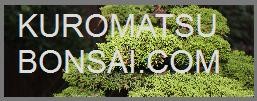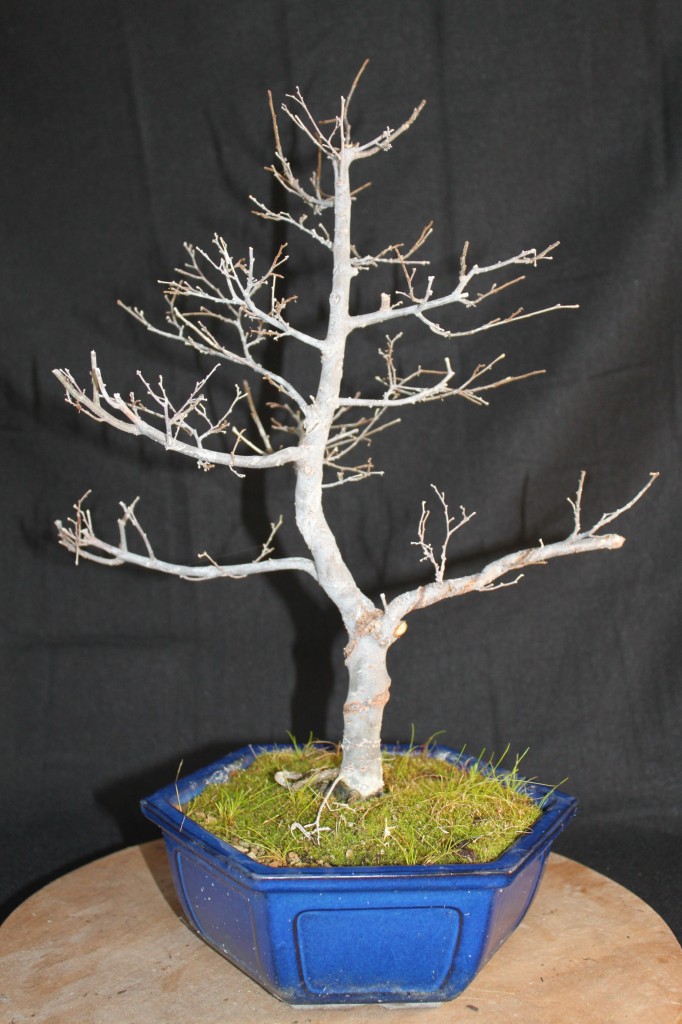Zelkova Bonsai
Zelkova Bonsai (Japanese Gray Bark Elm)
The Zelkova Bonsai, or Japanese Gray Bark Elm, is associated with one style more than any other – broom style. Broom style is the most basic style of deciduous tree – the style a child draws or paints when he or she paints a straight trunk and puts a round green blob of foliage on top of the trunk. Broom is the style of a deciduous tree which is not influenced by the wind, draught or other environmental factors, and the Zelkova is the tree most suited to that style.
Background:
Zelkova Serrata, the Japanese Elm, or Japanese Gray Bark Elm, is part of a genus of six species native to Europe and Asia. Zelkova Carpinfolia, the Caucasus Elm, is also used for bonsai. Both species are extensively farmed and grown for nursery use. They have hard wood, which is used for furniture making, but the bonsai community does not carve deadwood on these trees. Zelkova Serrata and Zelkova Carpinfolia are both popular with architects as ornamental trees, and can be found in landscape nurseries.
Where to Get One:
Most online bonsai suppliers do not carry these trees, as they are not considered beginner trees. Unlike the Chinese Elm, they do not grow fast enough to be mass produced as bonsai. They are also not common enough as a landscape tree to find their way to your typical “big box” store. If you want a Zelkova, you will have to go to an established bonsai nursery, or find a large landscape nursery that has five or ten gallon specimens. They can be reproduced from seeds, cuttings or layering. In making a broom style tree, the Japanese prefer to air layer a section of trunk in order to induce radial root structure.
What to Do When You Get It:
If you get a large one, pot it in a training pot, chop it back or air layer off the top, and when the new growth sprouts, start styling. This is an Elm, and while a trunk chop in early spring will not induce the profusion of growth you would see on a Chinese Elm, you will still have plenty of new shoots to work with. If you get a small one, do not overpot it. Start it in an appropriate size training pot, and gradually repot it into larger pots until it reaches the desired size – or put it in a growing bed in the ground for a few years.
Soil and Potting:
Zelkovas are Elms, and the same soil advice applies as for Chinese Elms and other elms. Zelkovas prefer good drainage, but also need some organic matter. A 60% aggregate to 40% organic matter soil mix works well. In terms of potting, Zelkovas are more like Maples than like the Chinese Elm. Chinese Elms are tough enough to be repotted any time in the spring, even while they are pushing new growth. Zelkovas must be repotted before they start pushing leaves, or while the buds are swelling.
Pests and Diseases:
Zelkovas are vulnerable to leaf beetles, scale insects, and Dutch Elm Disease. Dutch Elm Disease is a fungal disease carried by the Elm Bark Beetle. Dutch Elm Disease is not a problem for bonsai, as the Beetle that carries it flies at altitudes well above the height of the tallest bonsai.
Pruning and Shaping:
Zelkovas respond well to wire training, which is why for the Japanese they are the preferred species of Elm for bonsai. While Zelkovas can be shaped into just about any bonsai style, the preferred style is the broom style. Zelkovas also work well as informal upright trees, and in group plantings or as a raft style. Broom style trees are all about ramification, so after the major branches are wired, expect to do a lot of pinching or detail pruning in order to induce the necessary ramification.
Closing Remarks:
While Zelkova are easy to care for, they can be difficult to style and maintain as bonsai, as they do not bud back as readily as the Chinese Elm. They can be kept by a beginner, but a beginner should not expect results from the tree as quickly or as easily as with a Chinese Elm. Working on a Zelkova is a project that can stretch over many years – the best broom style Zelkova bonsai were not created quickly or easily.


